Local 9-1-1 Dispatch Fee on Phone Bills Questioned by New Court Ruling Decision to be Appealed — Santa Cruz, Watsonville and County Impacted By Shirley Wentworth 
NetCom's maproom. |
A new court ruling brings a government-imposed 9-1-1 fee into question again. Presently, the fee shows up on some phone bills in California, and is collected by some cities and counties to help offset the cost of modern-day computer-driven emergency dispatch operations. However, that may change if a recent appeal court ruling is upheld. The California First District of Appeals in San Francisco struck down Union City's 9-1-1 user fee at the end of April, leaving some 40 to 50 cash-strapped agencies throughout California in fiscal uncertainty. Santa Cruz County, and two cities, are among the municipalities that collect such fees. The proceeds go to cover the cost of emergency dispatch services at the Santa Cruz Consolidated Emergency Communications Center — also called Netcom — built nearly 15 years ago to consolidate a disjointed, non-centralized and non-computerized emergency response dispatch system. In the Valley, fire districts, the local ambulance services and the county's Sheriff's Office use Netcom for emergency and non-emergency dispatch, along with some record management services. Already, in the wake of the Union City court ruling, the city of Santa Cruz has decided to repeal its "fee" and go to voters asking for approval of a phone "tax." The Union City Ruling The Union City ruling decreed that the monthly charge on personal phone bills is considered a tax, not a fee. Union City had 60 days from the Apr. 29 ruling to file an appeal with the court. Larry Cheeves, Union City's city manager, said the city council decided to appeal the ruling with the California Supreme Court. Union City council members also decided not to speculate on what alternatives might work to fund the city's emergency services until they hear what the court determines. Cheeves said they should know by August if the court will hear the case or not. Agencies statewide have a stake in the outcome and are keeping a sharp eye on the proceedings. The ruling affects Santa Cruz County along with the cities of Santa Cruz and Watsonville, all of which implemented the user fees to pay for some of their costs related to the emergency dispatch center. Capitola has never collected the fee, but a decision could limit that city's ability to charge such a fee in the future. The area's communications center, Netcom, is jointly owned and operated by local municipalities (Capitola, Santa Cruz and Watsonville) and the county government, along with all the area's independent fire districts. Additionally, agencies like the American Medical Response, which operates the county's exclusive emergency paramedic ambulance service, pay fees, but the availability and price of service may be affected by the ruling. The city of Scotts Valley is not part of Netcom and is not affected by the loss of the 9-1-1 user fees. No State Funding for Modern Dispatch Centers Funds from a statewide telephone surcharge cover only about 4 percent of the local center's budget. Santa Cruz County is able to raise about $1.2 million from its 9-1-1 phone bill fee, but still must dig into its general fund to come up with another $500,000 to cover its share of the cost. Similarly, the city of Santa Cruz also raises about $1.2 million from its fee and contributes another $200,000. Watsonville raises about $500,000 from fees and also pays another $500,000 from its general fund. Capitola alone pays its approximately $500,000 share strictly from its general fund. Likewise, fire districts — including volunteer agencies — pay for services without a dedicated revenue stream. For fee payers, county residents pay a $1.47 monthly surcharge, while those living in the cities of Santa Cruz and Watsonville pay $1.81 and $2.05, respectively. Some cities, such as Ventura, offer users a choice of paying a monthly fee of $1.49 per phone line or signing up to pay $17.88 each time they call 9-1-1 for a personal emergency. Mike McDougal, the center's general manager, called the ruling a setback. It could mean county and city officials are going to have to stare hard into diminishing general fund budgets to make up funding allocations. Or it might mean asking hard-pressed taxpayers to approve a tax — a vote requiring a two-thirds majority. However, there is some question about whether the Union City ruling will stand. Santa Cruz County's 9-1-1 fee was challenged in court in 2003; an appellate court upheld the 9-1-1 charges as a fees, not as taxes. Unfortunately, for folks like McDougal, there is a difference in the two rulings. McDougal said that the Union City ruling comes packaged with a published legal opinion, meaning citations from that paper carry more weight than any from the unpublished opinion stemming from the Santa Cruz ruling. McDougal said he's waiting to hear about a similar lawsuit in Stockton, which could yield yet a different ruling. More Dispatch Center Costs to Come Complicating matters, the Santa Cruz emergency dispatch must also change or replace its radio equipment no later than Jan. 1, 2013 to comply with new Federal Communications Commission requirements — a project estimated at $20 million. With more and more users climbing on its high-frequency bandwidth, the FCC must make more room in its spectrum. McDougal said that's like having to convert a four-lane freeway into eight lanes and having to redesign cars to fit in smaller lanes. McDougal projected having to raise the 9-1-1 fee by 66 cents per telephone wire to finance the new radio equipment, but now faces a nebulous funding future. If the Union City ruling stands, it's likely the center must reduce staff and services. He doesn't know where those cuts might start, but said the core services of dispatch and sending out emergency responders would be the last to get cut. The center, however, provides many other ancillary services such as law enforcement records management, automatic vehicle location for ambulances, providing mobile data for fire and law enforcement agencies, managing reporting systems and keeping track of evidence for court cases. That's where the cuts would start. Could the local jurisdictions replace the lost fees? "We're in big trouble with our [city's] general fund already and this makes it worse," said Dick Wilson, Santa Cruz city manager. "We're talking about awfully big numbers for a service that is essential." Santa Cruz City Decides to Go to Voters The Santa Cruz City Council decided last week to repeal its user fee and place a measure on a special election ballot that replaces the $1.81 fee with a $3.45 tax. When the user fee was originally established in 2003, it was set at $3.45 and it was amended to $1.81 this year. A special election will cost somewhere in the neighborhood of $150,000, roughly about what the user fee brings in monthly. When the fee is repealed July 1, Wilson said the city could potentially lose a half-year of revenues, depending on when and if the user fee returns as a tax. Dinah Phillips, spokeswoman for the Santa Cruz County Board of Supervisors, said the county's situation is very different than the one in Union City because voters here have already voted not to repeal the fee and because the issue has already been in court before. "We're hoping our situation is different enough so that we don't have to worry," she said. Phillips said county attorneys are weighing the issue, but the board of supervisors has yet to take a crack at it. The county is already in the process of making significant cuts to its budget in response to the state's $24 billion deficit over this and the next fiscal year. "We've had our nose to the grindstone just putting this budget together — which is in a lot of misery. We haven't even thought about alternative ways to fund (the 9-1-1 fee)," Phillips said earlier this month, adding that she hopes it does not necessitate a special election because of the high price tag. Wilson said last week each of the local governing bodies is conducting a poll to see if there is support for one countywide tax rather than a separate one in each jurisdiction. He said it seems that everyone agrees in theory that a countywide measure should be proposed, but the topic is one under discussion this week at the Santa Cruz County Board of Supervisors meeting. | 







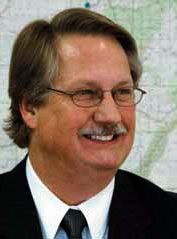




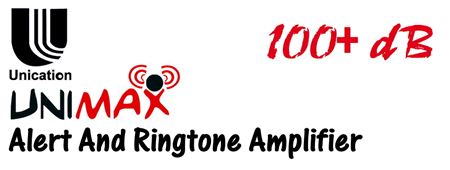

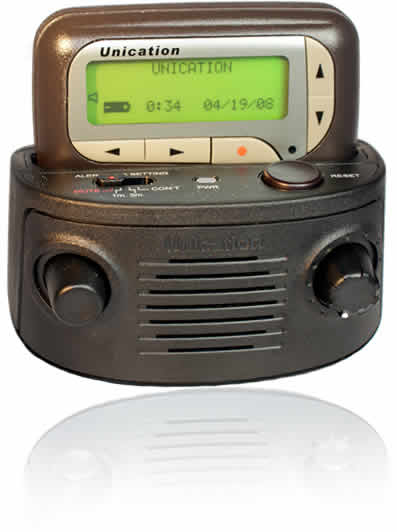

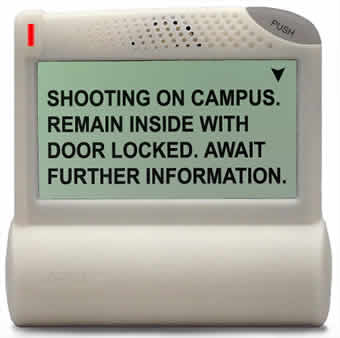

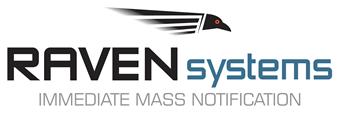

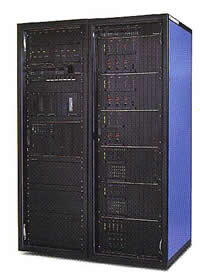
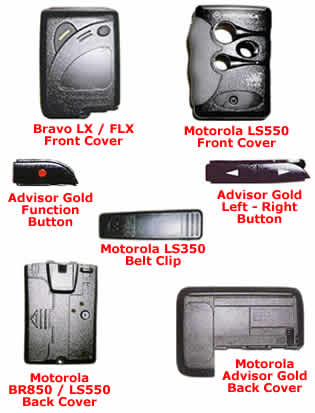

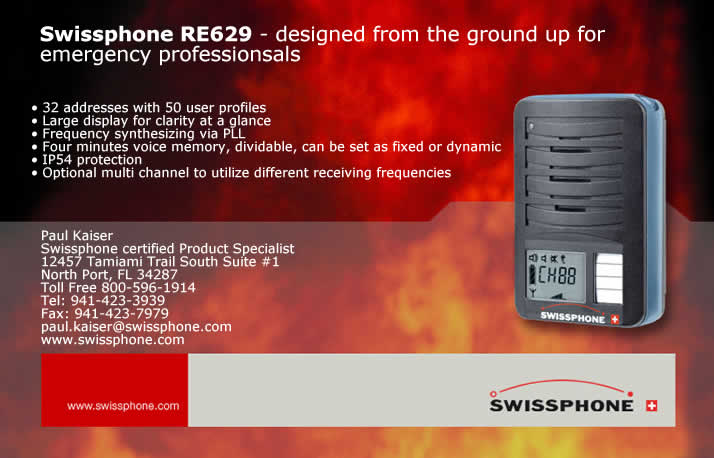







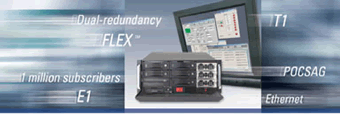

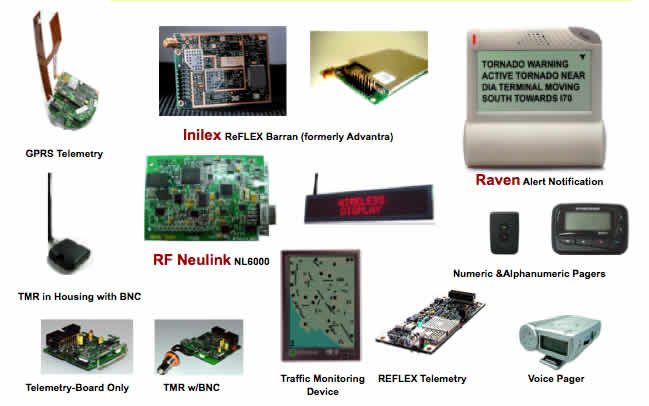

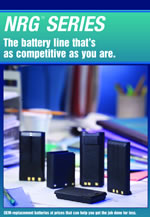





















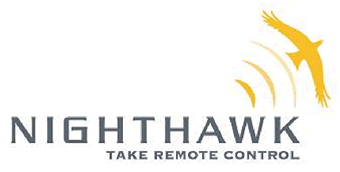






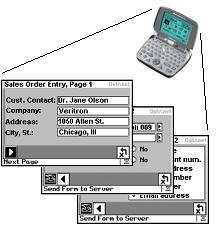 If you see someone in the field (like salespeople, technicians, and delivery people) using paper forms, their company could probably save a pile of money, and get much better timeliness, accuracy and efficiency, by using converting to Outr.Net's Wireless Forms. Custom applications for as little as $995, delivered in just a few days.Outr.Net has a web page on Wireless Forms for Timeports at:
If you see someone in the field (like salespeople, technicians, and delivery people) using paper forms, their company could probably save a pile of money, and get much better timeliness, accuracy and efficiency, by using converting to Outr.Net's Wireless Forms. Custom applications for as little as $995, delivered in just a few days.Outr.Net has a web page on Wireless Forms for Timeports at: 



